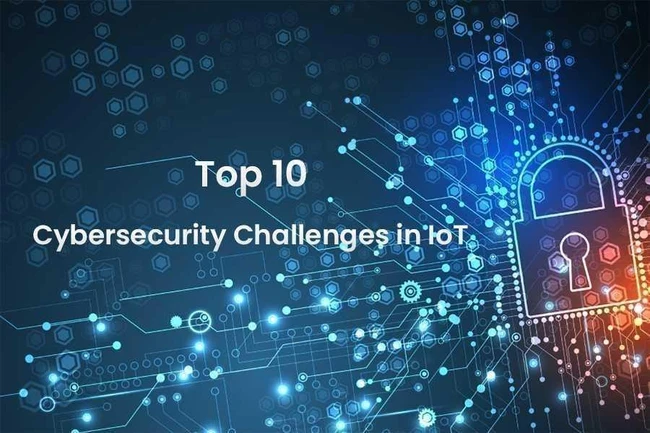The Internet of Things (IoT) is one of the most exciting components of the evolving technology landscape. Today, we’re seeing the arrival of tools that can communicate seamlessly with other machines to simplify the way we live and work. IoT is gradually becoming more ubiquitous, whether that's in autonomous cars to smart security apps. This year, Gartner believes that we’ll see a 20% increase in the IoT market. What’s more, as more people continue to experiment with the value of connected devices, it’s becoming increasingly easy to see how IoT could change the world that we’re living in. However, one of the most pressing issues surrounding IoT is the security considerations it comes with. What are the main security challenges that we’ll need to overcome to embrace the full benefits of this technology?

Enjoy this article? Why not check out our Tech Chat with Sandy Forrest at Atos?







Comments ( 0 )